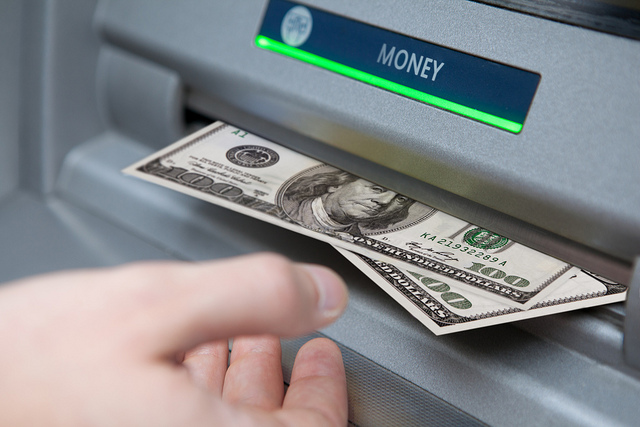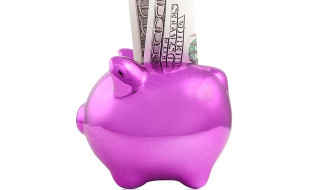If you enter a drugstore to buy a shampoo and a toothpaste but end up buying S$50 worth of nail polish, buy 1 get 1 offer of contact lens solution, and holiday decors along with your needs…keep in mind that you are not alone. Most drugstores employ sneaky and clever ways to entice you with their products that are rather unnecessary.
So, be a savvy shopper by educating yourself with the 5 Times Drugstores Take Your Money through clever strategies…
1. HUGE WINDOW DISPLAY
As you walk in the wall you see a flashy window display of a fever medicine and you immediately rushed in since that is what you needed and you thought that they are having a special offer on it. Not so fast! A special window display does not necessarily mean that the product is a good deal.
2. ENTICING ENTRANCE
The seasonal items such as Christmas balls for Christmas season or artificial flowers for Valentine’s Day are presented to entice the shoppers in the entrance. Even if you did not come to buy these holiday decors, you get excited because of the claimed price drops at that moment.
3. ALLURING AUTHORITIES
Some sales representative are dawned in special uniforms or even lab coats to entice you with sweet-swelling shampoos or dermatologically tested cosmetics that you did not come to buy. So, if you are there to buy sunscreen, dandruff or hair growth shampoo then go directly to the respective aisle and buy the less expensive brand, which usually contain the special active ingredient.
4. SHELF GAMES
Drugstores place complementing products together so you end up buying not just the duster refills but also new sweeper handles and other attachments. To avoid this, focus on the shelf cards and look for the special deals or the special rebate items.
5. FAR PHARMACY
Drugstores are usually designed to encourage consumers to walk in a circular layout where the “must-haves” are tempting you along the way. And the highly needed pharmacy is located the far end.
So, head straight to what is on the list and stick to it. You can also leave your credit card at home and bring only the certain amount of cash that is sufficient.










